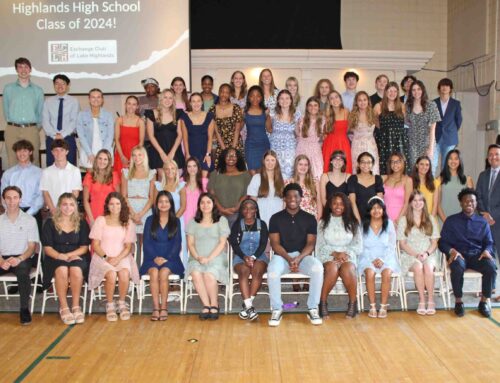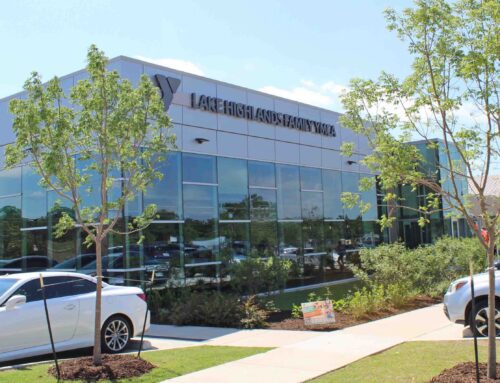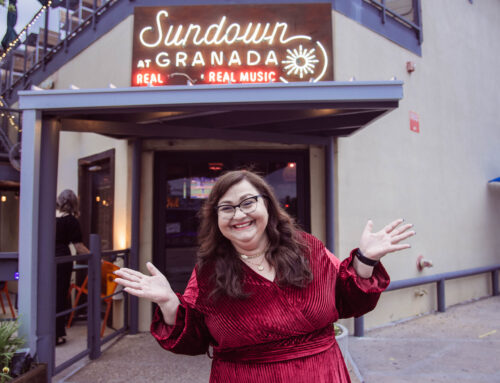They’ve been called Gen Y, Mosaics, Busters, the "Me" Generation … whatever term you’re familiar with, it’s clear that the trend among younger people is to forgo the suburbs and move closer and closer to the city center — and not just live there for a short time while they’re young.
This is the topic of Alan Ehrenhalt’s recent editorial piece in the DMN Sunday Points section, which I religiously read (or at least scan) every week. His argument is that the younger and wealthier are moving toward the downtowns of America, leaving the outskirts and suburbs to the poor and newcomers. It’s not happening all at once, Ehrenhalt says, but he asserts that "we are living at a moment in which the massive outward migration of the affluent that characterized the second half of the 20th century is coming to an end."
It’s part of the longing for a place to live/work/play that has been brewing for some time — since urbanist Jane Jacobs championed the idea in the 1950s and ’60s, Ehrenhalt says. And now, decades later, Jacobs’ ideas are starting to take place, prompted by the "changing mores of the young and by soaring gasoline prices," he says.
I read the piece last night, but interestingly enough, this was one of the topics of conversation yesterday when I was speaking with a few neighbors, including one who moved to Dallas from LA six months ago. He groaned when the subject of Frisco came up, and mentioned that he much preferred to live in the city for various reasons — one of which is that the term "neighborhood" still means something: "My perception of the value of privacy has changed. If you know your neighbors, them knowing when you’re supposed to be home and not supposed to be home is OK."
Advocate general manager Dana Centola and I later discussed this conversation, and agreed that people in younger generations long for a greater sense of connection. Living in the suburbs, pulling into the garage, shutting the door and never really getting to know your neighbors doesn’t meet that need.





